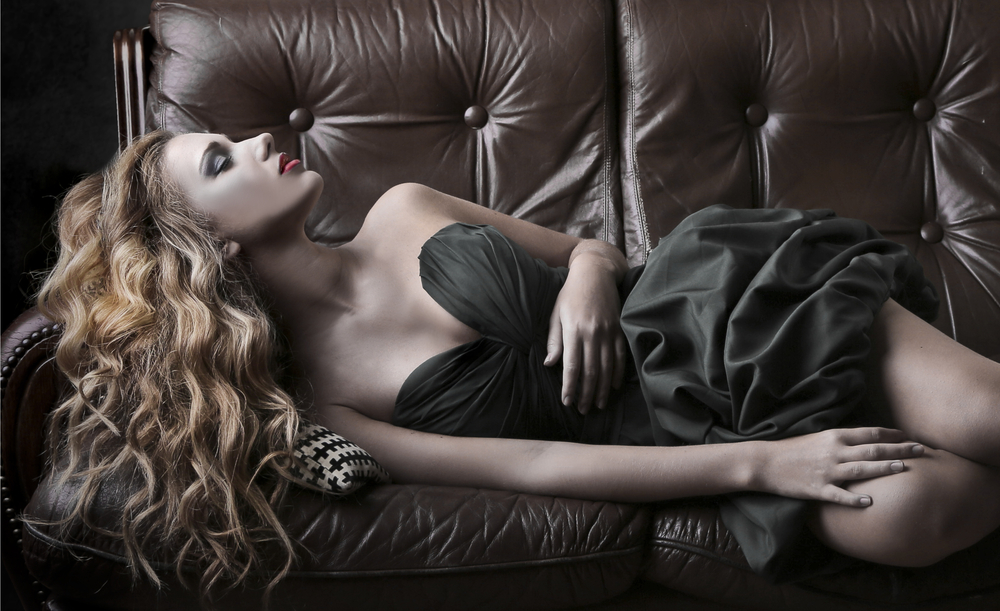Monochrome photography is a timeless art form that has the power to capture the beauty of the world in a unique and striking way. The use of black and white tones in photography dates back to the early days of the medium, and it continues to be a popular choice for photographers looking to create images that are both classic and impactful.
One of the key benefits of monochrome photography is its ability to highlight the shapes, textures, and tones of a subject without the distraction of color. This allows the photographer to focus on the essence of the subject, capturing its beauty in a pure and uncluttered way. Whether it’s the delicate lines of a model’s face or the intricate details of a piece of clothing, monochrome photography has a way of revealing the true essence of a subject.
When it comes to capturing timeless beauty in monochrome photography, there are a few key tips to keep in mind:
Experiment with lighting: Lighting is one of the most important elements in any photography, and it can have a significant impact on the mood and feel of a monochrome image. Play around with different lighting setups to see how they affect the shadows and highlights in your images. Soft, diffused light can create a gentle and ethereal look, while harsh, dramatic lighting can add a sense of mystery and intensity.
Focus on composition: Composition is key in monochrome photography, as there are no colors to distract the viewer’s eye. Pay attention to the placement of your subject within the frame, as well as the lines, shapes, and textures that make up the image. Experiment with different angles and perspectives to create dynamic and visually interesting compositions.
Embrace contrast: Contrast is essential in monochrome photography, as it helps to define the shapes and forms in your images. Play around with different levels of contrast to see how they affect the mood and visual impact of your photos. High contrast can create a bold and dramatic look, while low contrast can evoke a sense of softness and subtlety.
Use texture to add depth: Texture can add a tactile and three-dimensional quality to monochrome images, making them more engaging and immersive. Experiment with different textures, such as fabrics, surfaces, and patterns, to add visual interest to your photos. Pay attention to the way light plays off of textures, creating highlights and shadows that enhance the depth and dimension of your images.
Play with patterns and shapes: Patterns and shapes can create visual interest and dynamic energy in monochrome photography. Look for interesting patterns and shapes in your surroundings, such as architectural details, foliage, or even the folds of a garment. Experiment with different compositions and framing to highlight the patterns and shapes in your images, creating visually compelling and engaging photos.
In conclusion, monochrome photography is a powerful and timeless art form that has the ability to capture the beauty of the world in a unique and compelling way. By experimenting with lighting, composition, contrast, texture, and patterns, you can create stunning monochrome images that showcase the essence of your subject in a striking and impactful manner. So next time you’re in front of the camera for a photoshoot, consider the art of monochrome photography and the beauty it can bring to your images.


